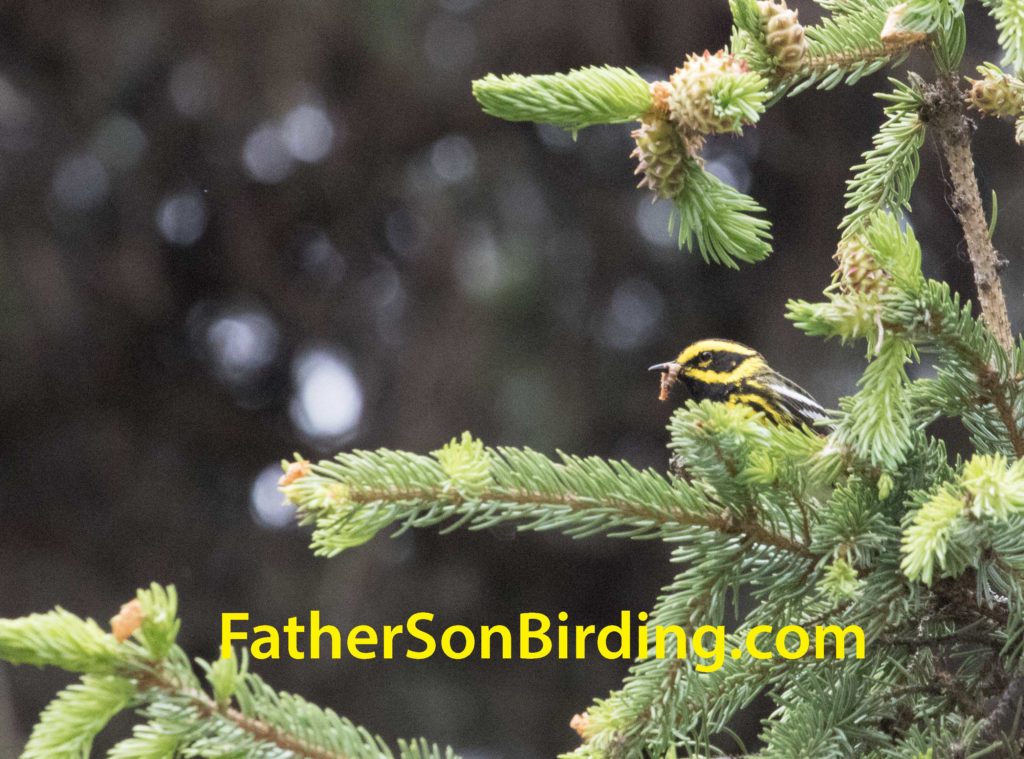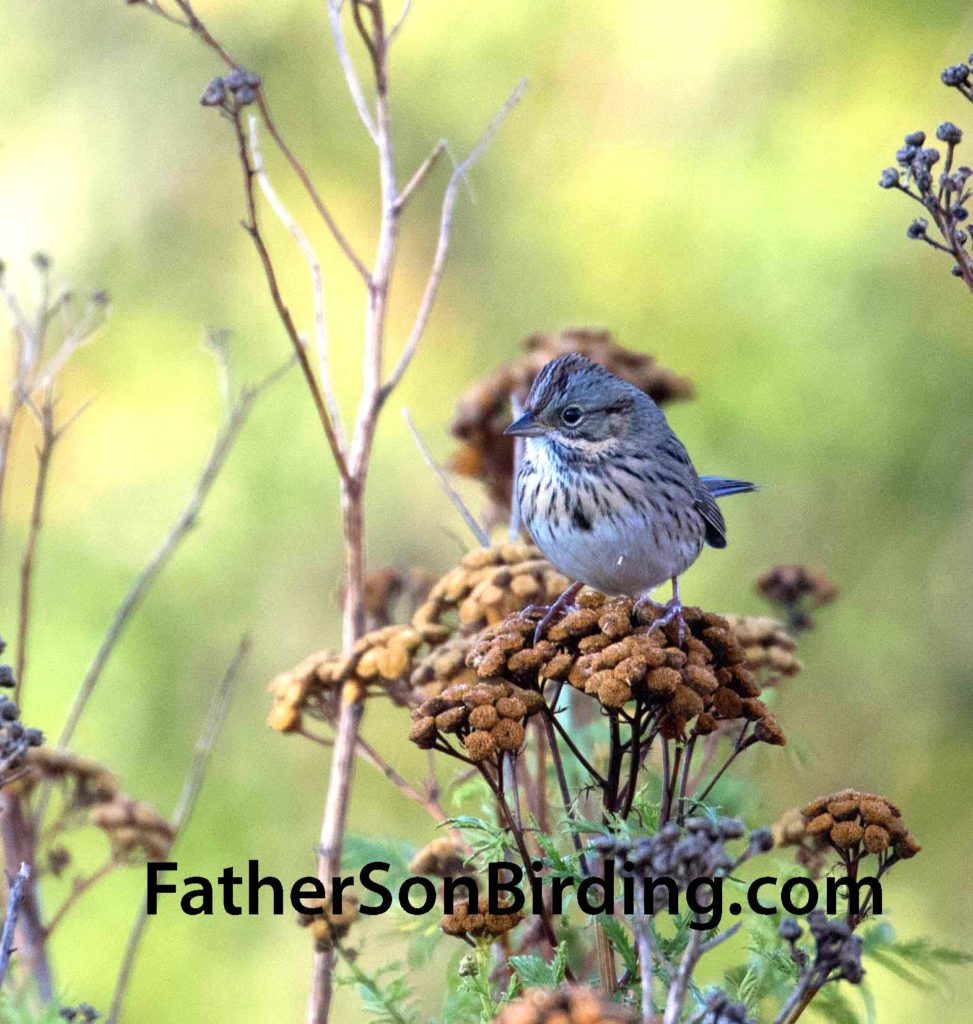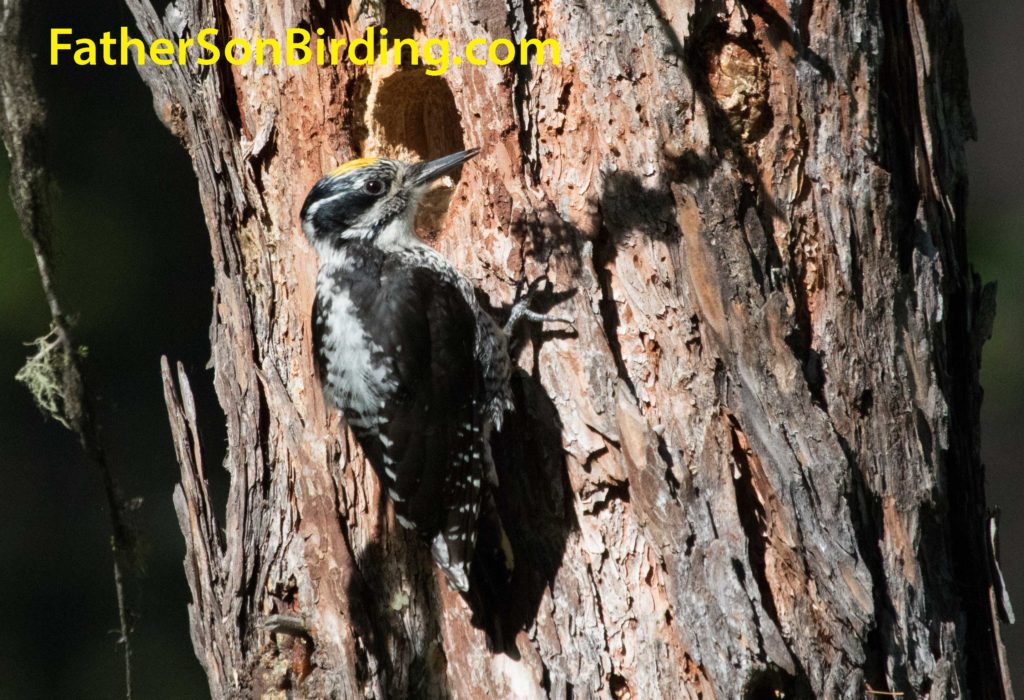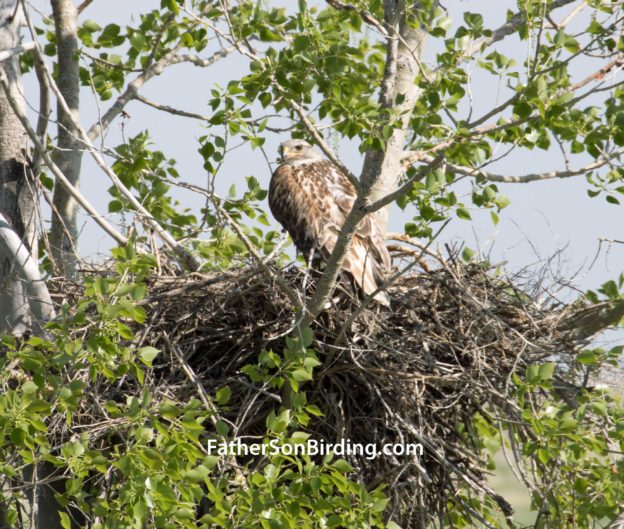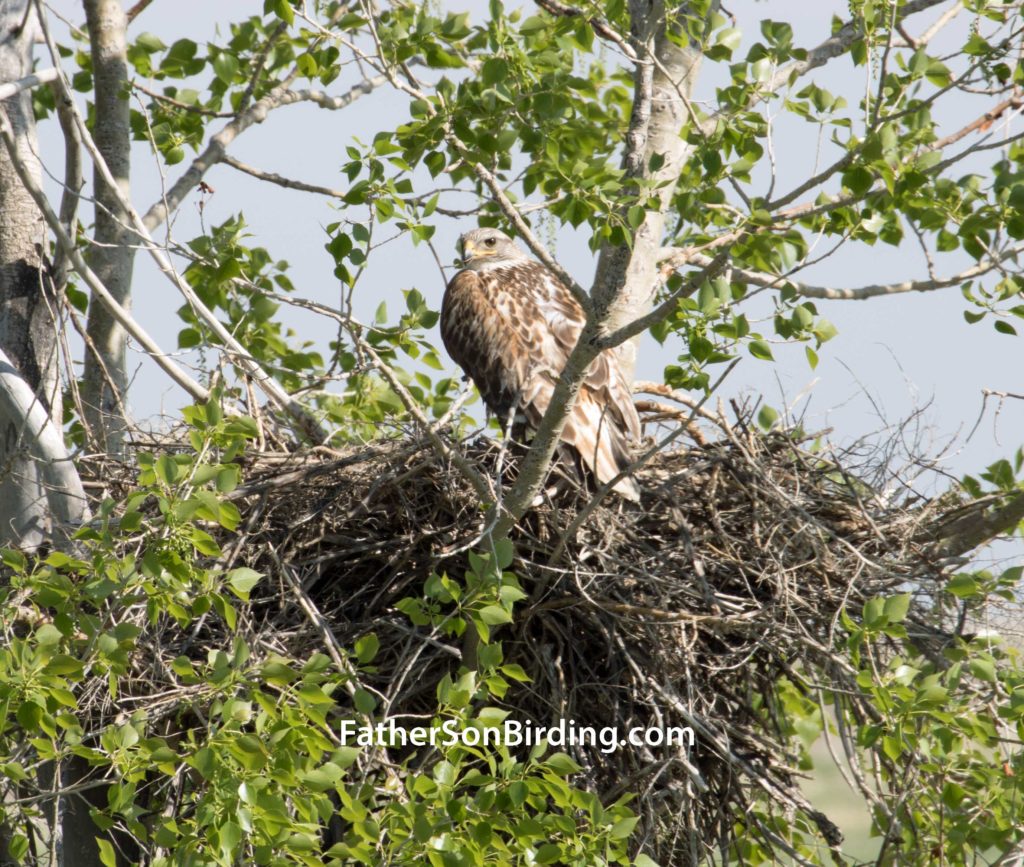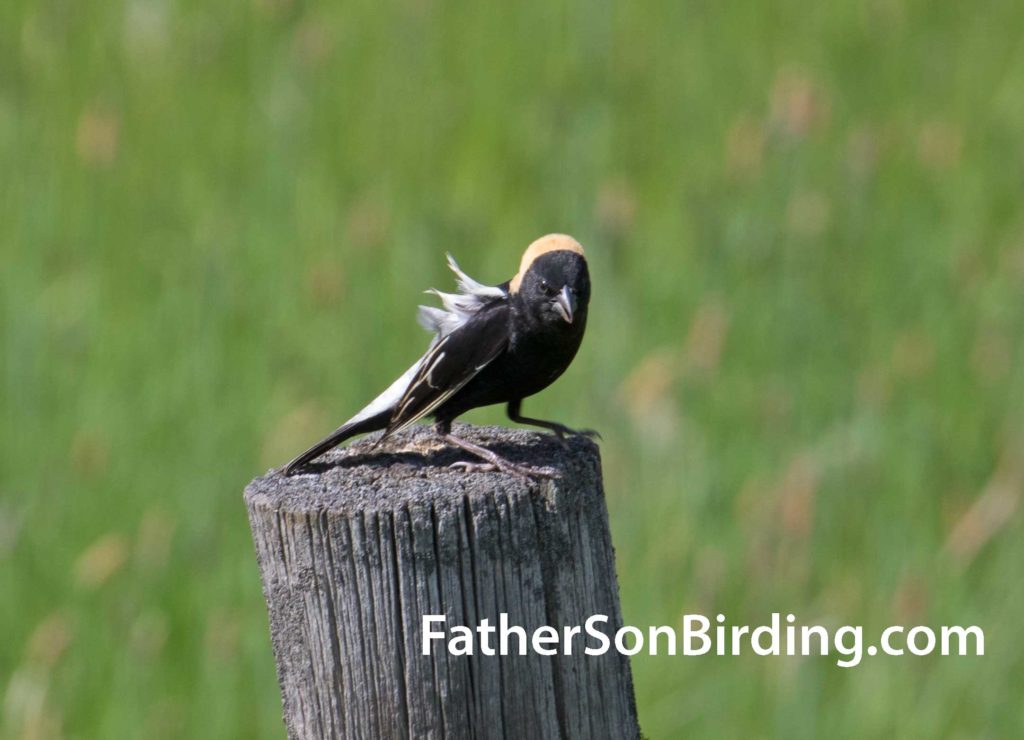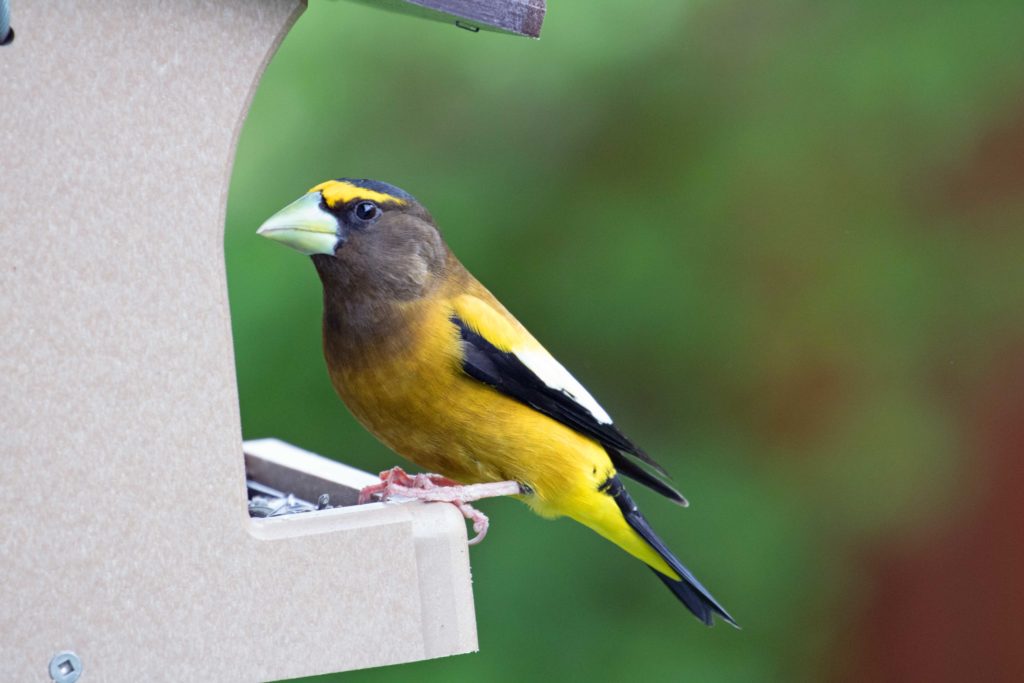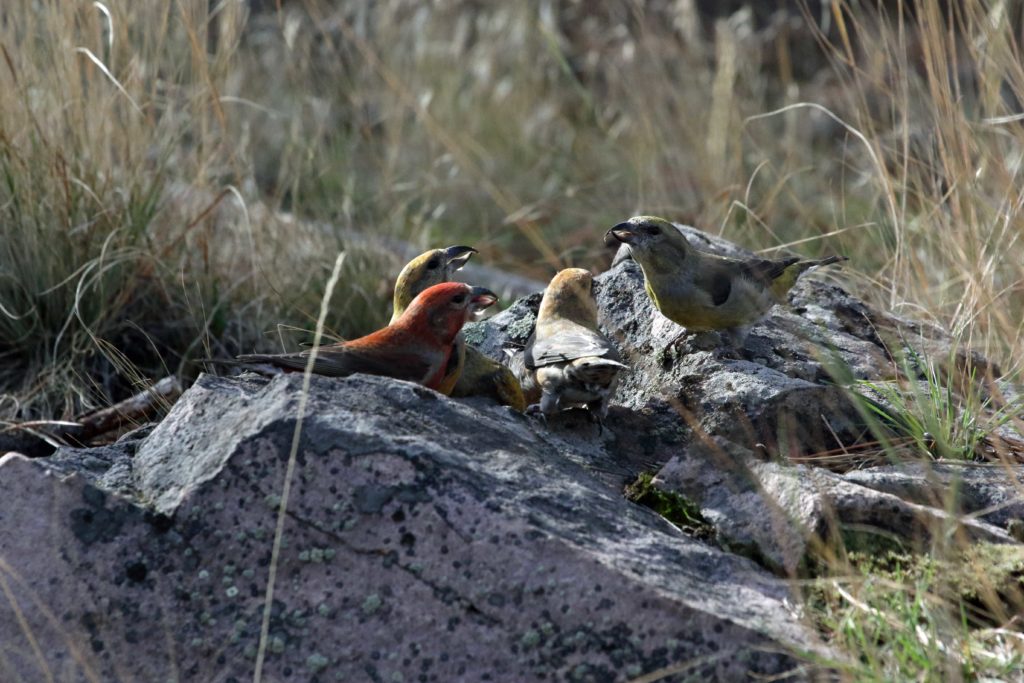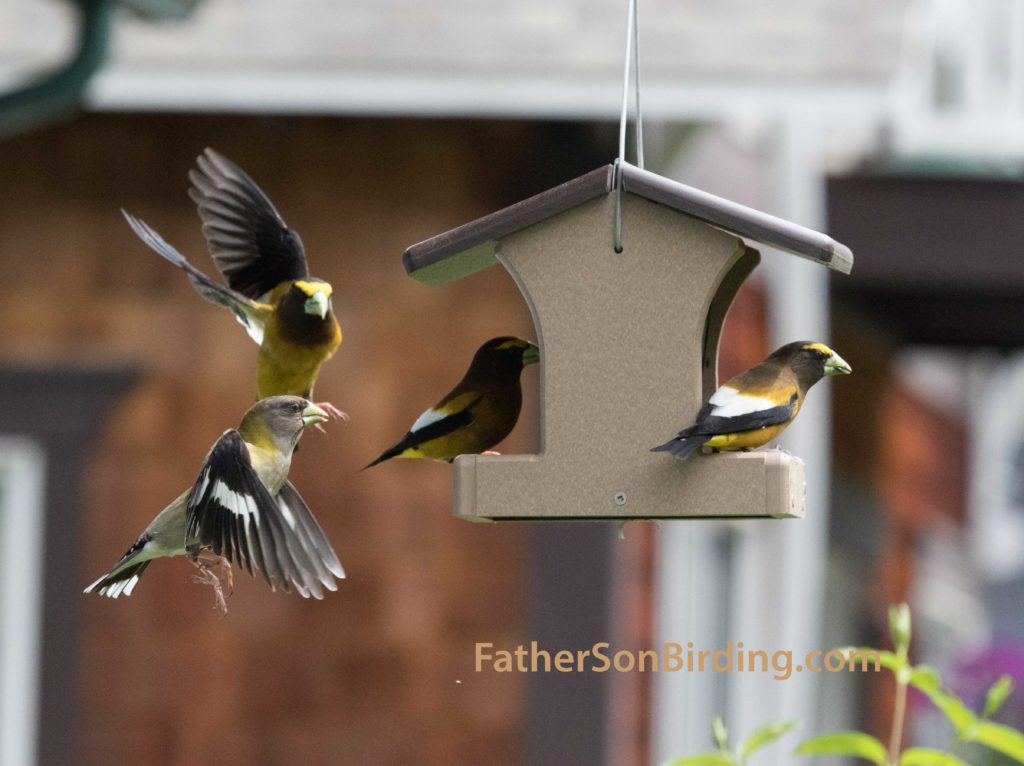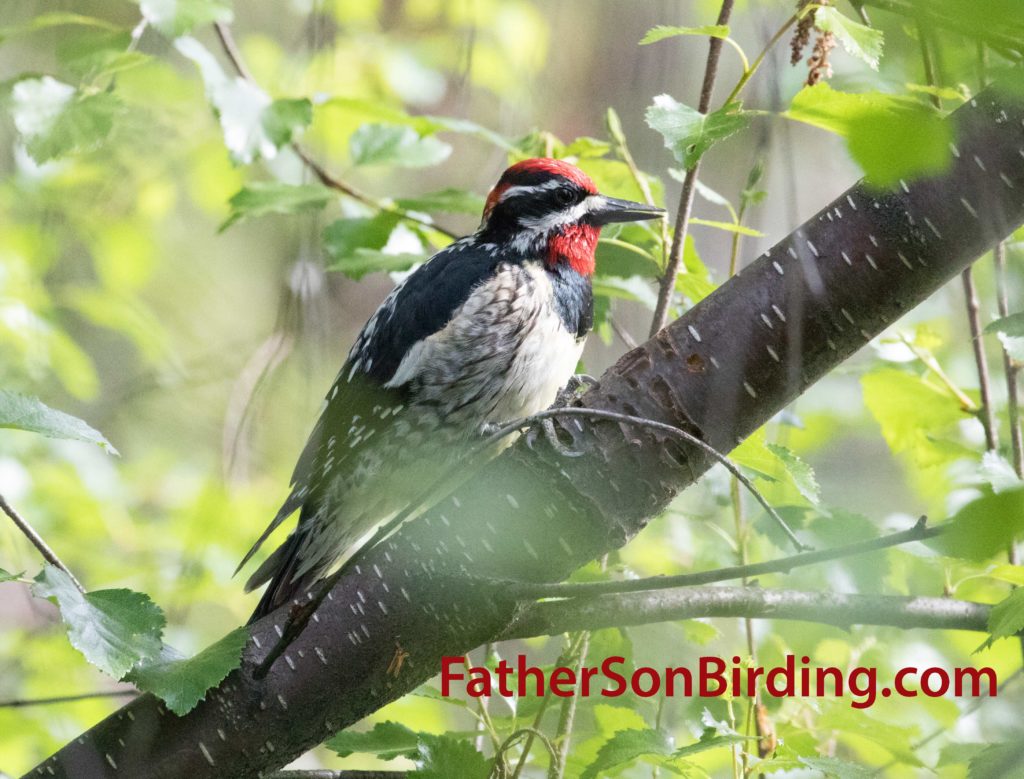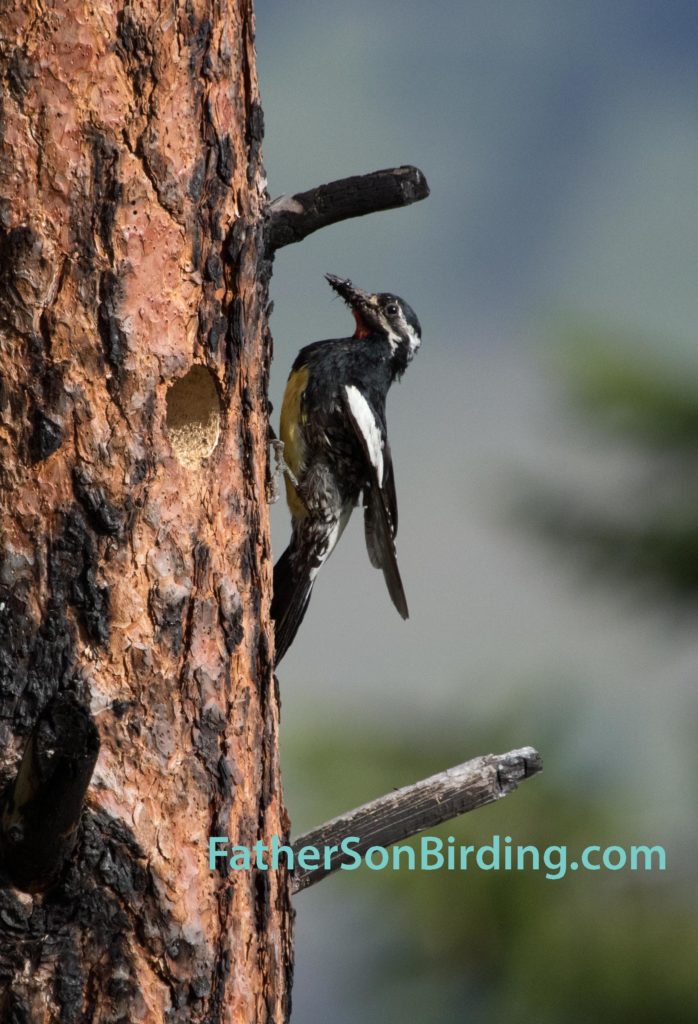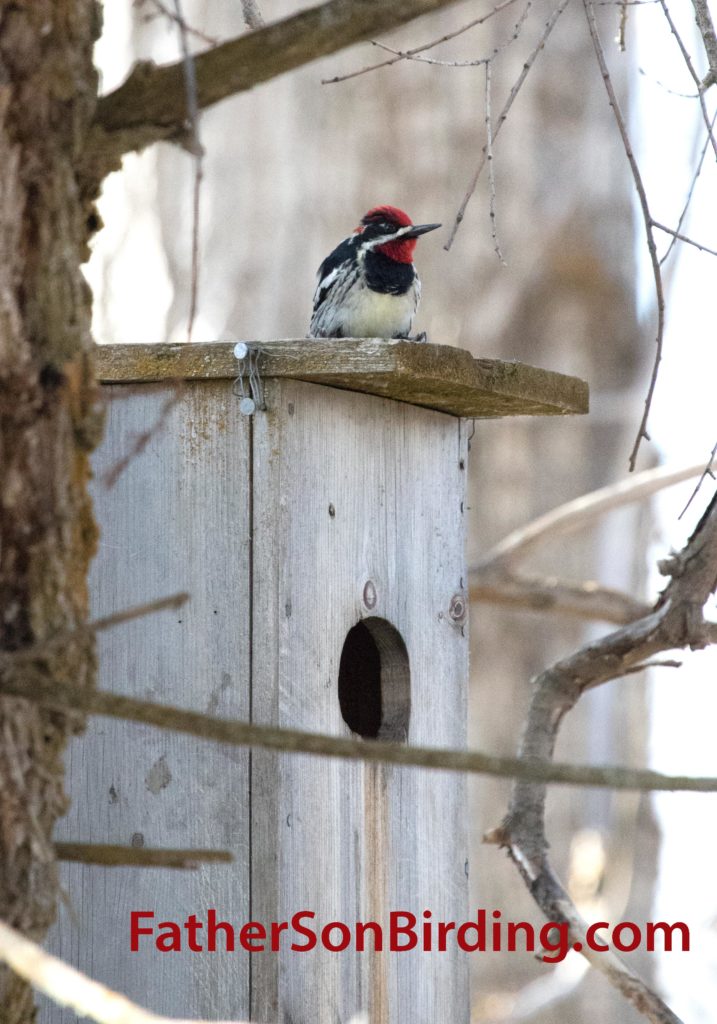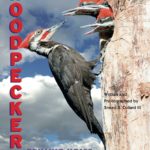To Subscribe to FatherSonBirding, please fill out your name and email in the appropriate boxes in the right-hand column. Thanks and please share this post!
Minutes from Listers Anonymous Meeting 7/1/18
Us: Hello.
Group: Hello!
Us: Our names are Sneed and Braden and we are Listers. It’s been exactly four hours and twelve minutes since we last posted on eBird.
Group: Amen!

Biologist Dick Hutto leads Listers Anonymous meeting with birders from Helena in the Rice Ridge Burn. (Photo by Sneed B. Collard III)
Us: I mean, we’re not just Listers. We love to watch birds and photograph them and write about them, but…
Moderator: Go on. We’re all friends here.
Us: Thanks. Yeah, but we’re also Listers. We like to keep track of how many birds we’ve seen in a given year, month, day—not to mention how many in every county and state and, well, you get the idea.
Woman with binocular strap scars on her shoulders: Oh, I know. Been there, Honey.
Us: The thing is, we’re really having a crisis right now.
Moderator: Go on.
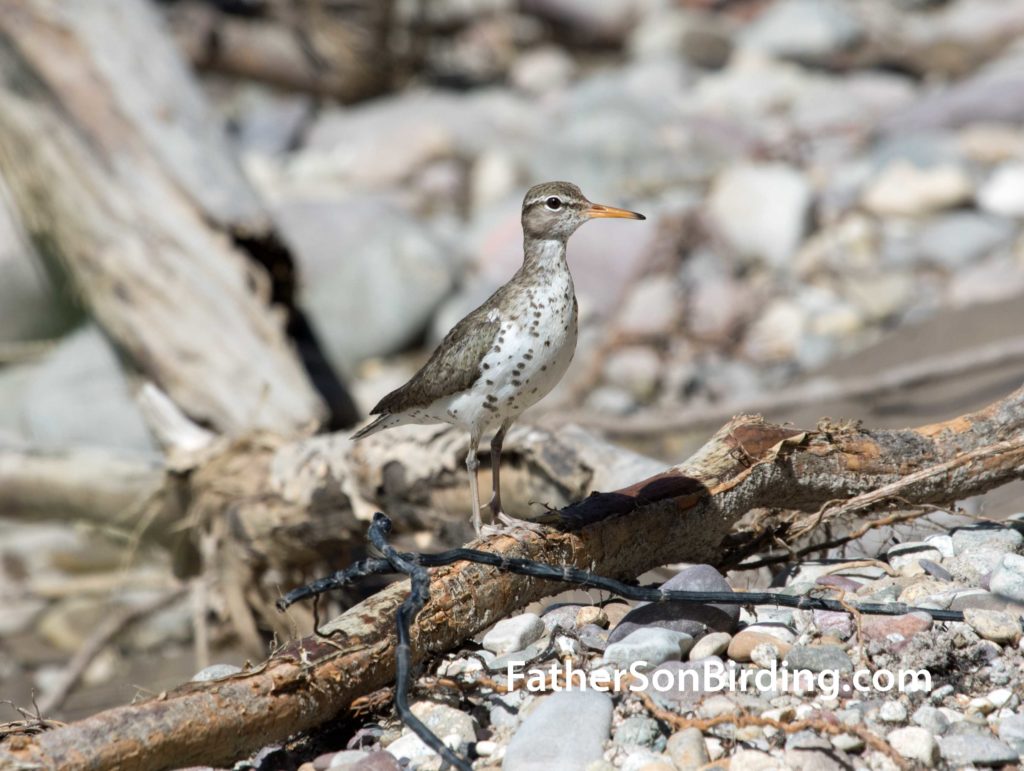
Lister’s Dilemma: Great species, such as this Spotted Sandpiper, still abound, but NEW species are getting hard to find. (Photo by Sneed B. Collard III)
Us: Well, you see, last year we did a Montana Big Year. I recorded 207 species while Braden got 213. This year, I’m up to 196 while Braden has 204.
Man wearing birding vest, shaking his head: Have mercy. You are in trouble.
Us: We knew you’d understand. I mean most people, they don’t get it. They say, “200 species! Why that’s great! The year’s only half done and you’ve almost beat your old record already!”
Group: Lord, forgive them!
Us: Yeah, right? What they don’t realize is that the prime birding months are GONE! Sure, we need only ten or so species to break last year’s record, but seriously, it’s July! It’ll be a miracle if we can find that many in Montana the rest of the year.
Group: By the name of Sibley and Audubon, we feel your pain!
Us: What’s even worse, we aren’t even going to make it out to Far Eastern Montana this summer. No Upland Sandpipers. No Greater Sage Grouse. No Long-billed Curlews.
Woman with an arm tattoo “Big Year or Bust”: Children, you are in a fix!
Us: We know, but what can we do?
Moderator, polishing the lenses of his binoculars: Sneed and Braden, it’s one of the heaviest burdens for a Lister to bear. But you’ve got to fight it.
Group: Amen.
Moderator: You just can’t take “No” for an answer.
Group: Amen!
Moderator: You’ve got to keep getting out there, even when there’s less hope of finding a Year Bird than of getting a Democrat elected to Congress!
Group: AMEN, BROTHERS AND SISTERS!

For us, it seems like a record year for Lewis’s Woodpecker sightings, but would it be too much to ask to see a Black-backed? (Photo by Sneed B. Collard III)
Moderator: You can’t give up. Every day and every night, you’ve got to sling your optics around your necks and follow every lead, examine every perch. And even in your darkest days, when not a new sparrow is spotted within a hundred miles of you, remember, we’re all in this together. Take strength from that, brothers.
Us: We will. Thank you. Uh, by the way, is anyone up for some birding?
(Sounds of trampling feet as the Listers stampede out of the building.)

